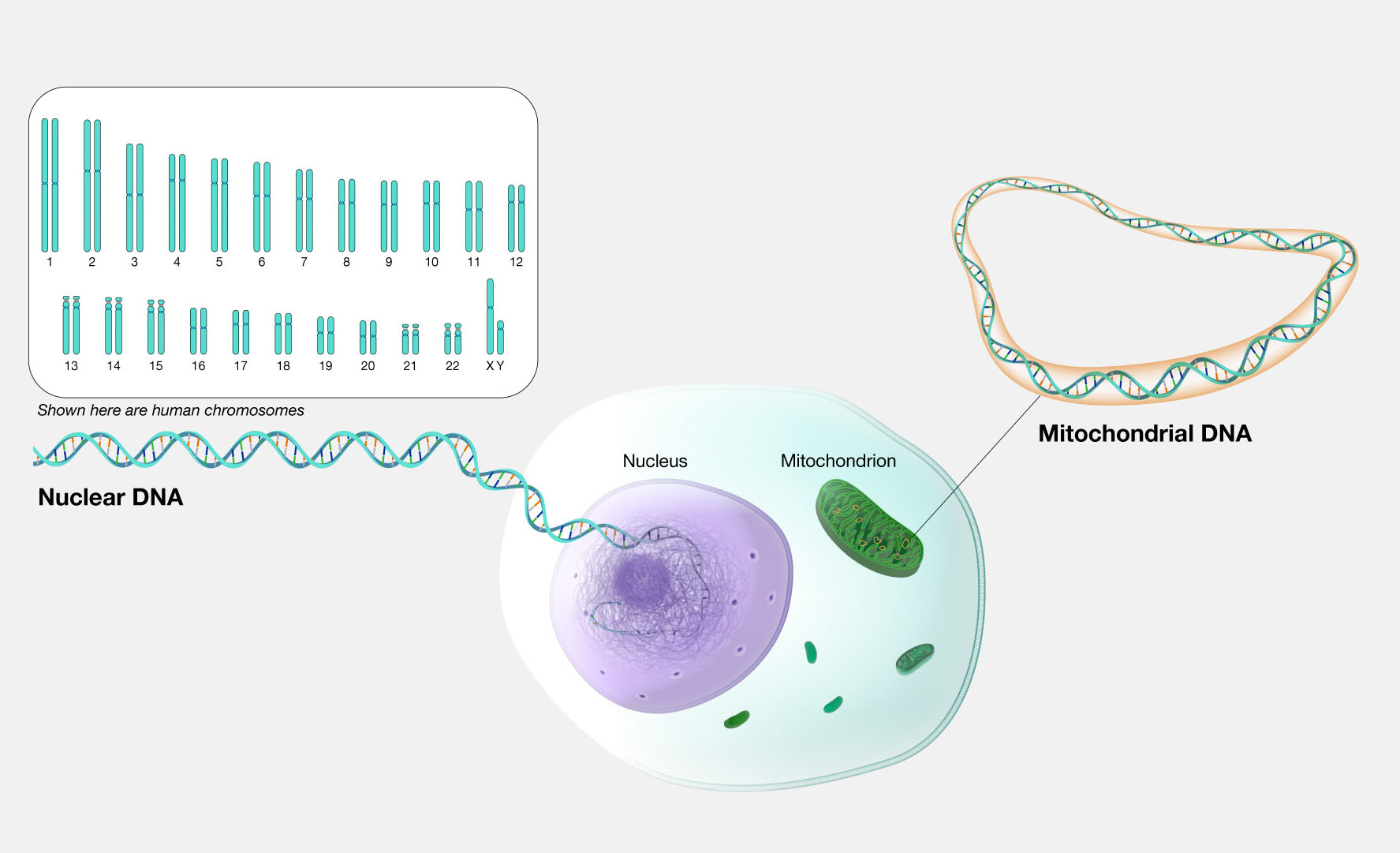Genome Basics: Understanding the Blueprint of Life
What is a Genome?
A genome is the complete set of genetic information contained within an organism. It includes all the DNA that makes up an organism's chromosomes, which are tightly coiled structures located in the nucleus of cells. The genome contains the instructions needed for an organism to develop, survive, and reproduce.

The Structure of the Genome
The genome is composed of DNA (deoxyribonucleic acid), which is a long, double-stranded molecule. DNA consists of four chemical units, called nucleotide bases: adenine (A), thymine (T), guanine (G), and cytosine (C). These bases pair up with each other (A with T and C with G) to form units called base pairs. The order, or sequence, of these bases determines the genetic information available for building and maintaining an organism.
Genes
Within the genome, specific segments of DNA called genes act as instructions to make molecules called proteins. Genes are considered the basic units of heredity, as they are passed from parents to offspring. Each gene contains a particular set of instructions, usually coding for a specific protein that performs a particular function in the body.
Non-Coding DNA
In addition to genes, the genome also contains large regions of DNA that do not code for proteins. This non-coding DNA, sometimes referred to as "junk DNA," has various functions, such as regulating gene expression, maintaining chromosome structure, and playing a role in evolution.
Genome Size and Complexity
The size of an organism's genome is measured by the number of base pairs it contains. Genome sizes vary widely between species. Some of the smallest genomes belong to viruses and contain only a few thousand base pairs. In contrast, the human genome contains approximately 3 billion base pairs, while some plant genomes can be many times larger.
Interestingly, genome size does not necessarily correlate with the complexity of an organism. For example, some single-celled organisms have much larger genomes than humans. The complexity of an organism is more related to the number and variety of proteins its genome can produce.
Genome Sequencing
Genome sequencing is the process of determining the precise order of nucleotide bases within a genome. This process has revolutionized our understanding of biology and has led to significant advances in fields such as medicine, agriculture, and evolutionary biology.
The Human Genome Project
One of the most significant achievements in genome sequencing was the completion of the Human Genome Project in 2003. This international scientific research project aimed to map the entire human genome. The project took 13 years and involved numerous research institutions worldwide. The data generated by the Human Genome Project has greatly enhanced our understanding of human biology and disease.
Next-Generation Sequencing
Since the completion of the Human Genome Project, advancements in sequencing technology have made genome sequencing faster, cheaper, and more accessible. Next-generation sequencing (NGS) technologies can sequence millions of small fragments of DNA in parallel, significantly reducing the time and cost required to sequence an entire genome.
Applications of Genomics
The study of genomes, known as genomics, has a wide range of applications across various fields:
Medicine
Genomics is transforming the field of medicine by enabling personalized approaches to disease prevention, diagnosis, and treatment. By understanding an individual's genetic makeup, healthcare providers can tailor medical interventions to their specific needs. Genomics is also helping to identify new drug targets and develop targeted therapies for diseases such as cancer.
Agriculture
In agriculture, genomics is being used to develop crops with enhanced traits, such as increased yield, improved nutritional content, and resistance to pests and diseases. Genomic tools are also being used to breed livestock with desirable characteristics, such as increased meat or milk production.
Evolutionary Biology
Genomics has provided unprecedented insights into the evolutionary history of life on Earth. By comparing the genomes of different species, researchers can trace the evolutionary relationships between organisms and identify the genetic changes that have led to the diversity of life we see today.
Challenges and Future Perspectives
Despite the significant advances made in genomics, there are still many challenges to overcome. One major challenge is the interpretation of genomic data. With the vast amount of data generated by genome sequencing, making sense of this information and translating it into meaningful insights is a complex task that requires advanced computational tools and expertise.
Another challenge is the ethical and social implications of genomic research. As our understanding of the genome grows, so does the potential for misuse of this information. Issues such as genetic privacy, discrimination, and the equitable access to genomic technologies need to be carefully considered and addressed.
Despite these challenges, the future of genomics is promising. As sequencing technologies continue to improve and become more affordable, the application of genomics is likely to expand into new areas. The integration of genomics with other fields, such as artificial intelligence and big data analytics, will open up new avenues for research and discovery. Ultimately, the study of genomes has the potential to revolutionize our understanding of life and provide solutions to some of the world's most pressing challenges in health, agriculture, and the environment.
Further Reading
Science, The Sequence of the Human Genome
